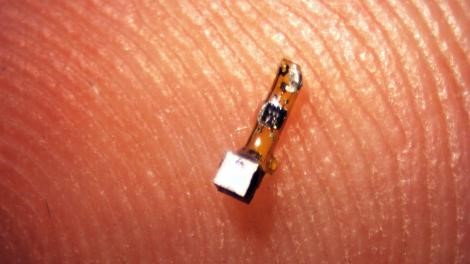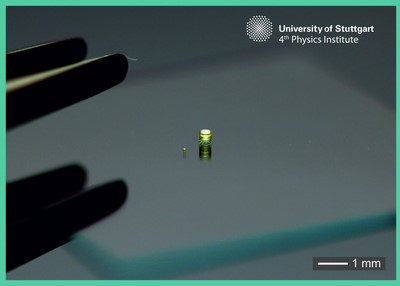
Smartphone cameras are really beginning to impress me over my old fashioned bridge camera (5 years old, already a relic of a past age). As every year passes it seems that the cameras get smaller and even harder to differentiate from the level of quality you would expect out of a reasonable SLR.
We could go from here into the full details of every part of the camera but somebody has already outdone themselves over at Wired for reference.
Recently, we bought a OnePlus 3 which has a fantastic camera but we do recognise that this camera itself will be a pale comparison to its descendants.
Having such a high quality camera sitting in our pocket has prompted us to really think about how these things are made and what the future could hold for them.
So what it comes down to is the Image Signal Processor or ISP. The ISP generally does most of the work such as image stabilising, auto-focus and colour reproduction; so, pretty much the brains of the outfit. The problem is, doing these actions can generate a lot of heat within the confines of your phone.
Heat dissipation is generally the bane of most electrical devices, couple this with the fact that people like their devices to get smaller over time and you have a recipe for disaster for the engineers who craft them.
Space inside the phone and the components that have to be included is a very fine balance, a solution could well be in sight though…
Smart dust!
No, I am not joking, smart dust has been talked about in sci-fi literature for a number of years and may finally be close to a physical reality. If this comes to be then your phone will suddenly have a hell of a lot more room in it. This could evolve your smartphone into being something either much smaller, or, hopefully, with many more components
The University of Stuttgart have been looking into this area and have produced a paper that can be viewed online.

For an in depth look at smart dust and the universities efforts, we have included the link for your perusal.
